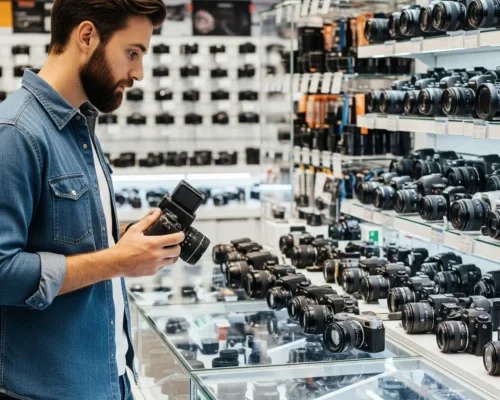Finding your dream camera can be tricky with so many models and features out there…
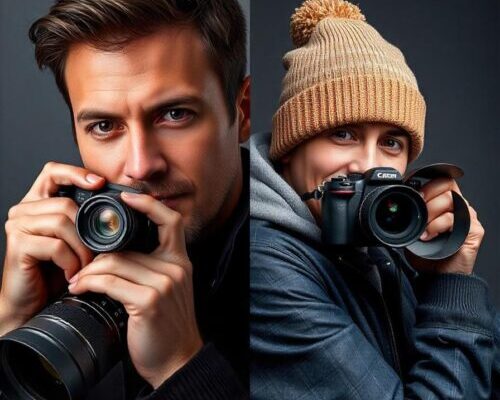
Pro vs Amateur Quality in Photography
Photography is a wide field, with both professional and amateur photographers competing for attention. While amateur often means less experience, this can lead to fresh ideas and creative approaches. However, when it comes to quality, the difference between pro vs amateur photography is often clear.
In this article, we will look at the main differences between professionals and amateurs. We will focus on the technical, creative, and artistic parts that make great photography.
Why Experience Matters in Photography
Photography is a skill that requires both technical knowledge and creativity. Professionals, having practiced for years, have a strong understanding of the technical side of photography. They know how to manipulate lighting, composition, and exposure to create stunning images. Experienced photographers also develop a sharp eye, able to notice and capture those special moments that make great photos.
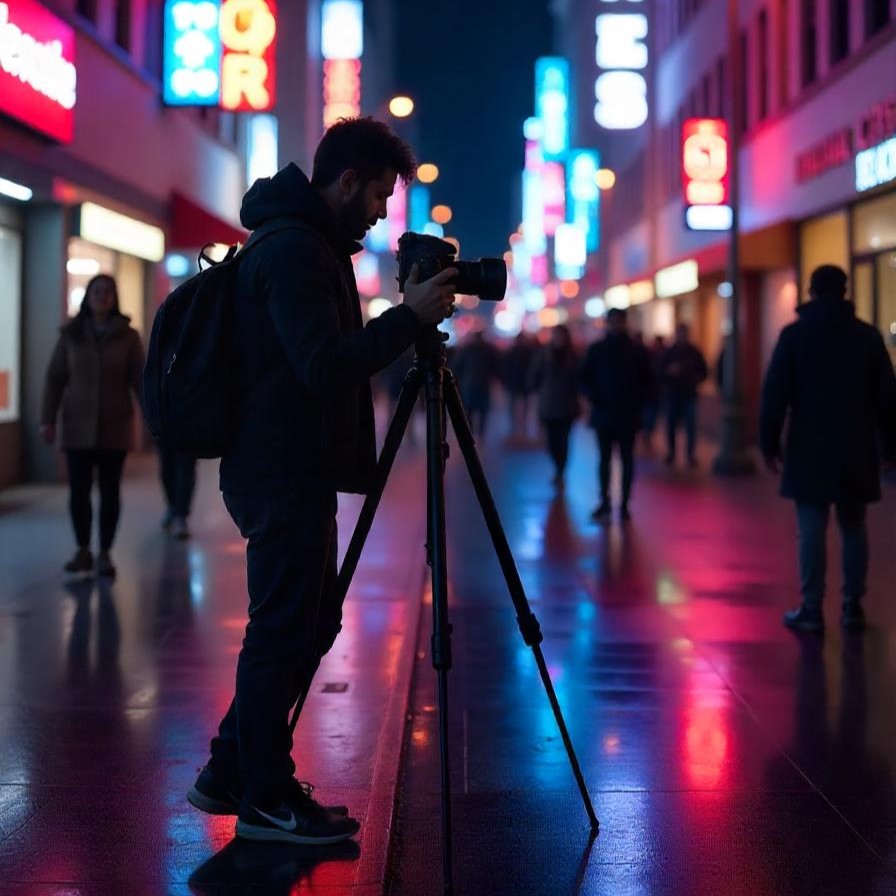 Professional photographers understand camera settings well. They know about shutter speed and ISO. They can also adjust to changing conditions. This skill lets them explore new techniques and styles to stay ahead. In contrast, beginners may find it hard to understand these technical details. They often use automatic settings or try different methods. This can lead to results that are inconsistent.
Professional photographers understand camera settings well. They know about shutter speed and ISO. They can also adjust to changing conditions. This skill lets them explore new techniques and styles to stay ahead. In contrast, beginners may find it hard to understand these technical details. They often use automatic settings or try different methods. This can lead to results that are inconsistent.
Professionals have strong emotional intelligence. This helps them connect with their subjects and share the right message. This emotional intelligence helps them snap photos that feel more relatable and connect better with their audience. Amateurs might mean well, but they often miss that emotional depth, leaving their photos feeling flat or lacking spark.
Experience also grants professionals the ability to work efficiently, allowing them to quickly adapt to changing circumstances. Whether facing a tight deadline or a busy shoot, professionals know how to stay focused. They keep calm to make sure their vision is captured clearly and accurately. Amateurs may feel stressed by the demands of a shoot. This can lead to mistakes and missed chances.
The key to success is the ability to produce high-quality work. This skill comes from years of hard work and practice. Amateurs might find a great image now and then. However, professionals consistently produce outstanding results. This makes them the top choice for clients and audiences who want the best.
The Limitations of Amateur Photography
Amateur Photography is often defined by freedom, giving photographers the chance to experiment without the pressure of commercial demands. This can lead to greater creativity, as amateurs aren’t held back by professional restrictions.
 However, this lack of training and experience can lead to problems. Amateurs often have a hard time getting the hang of the basics of photography. Without a solid grip on technical stuff like aperture and shutter speed, beginners often end up just guessing it. This can lead to uneven results. Amateurs might not have the emotional awareness and people skills to connect with their subjects. This can result in awkward or uninspiring portraits. Without proper training, they might struggle to express their vision, resulting in images that feel unclear.
However, this lack of training and experience can lead to problems. Amateurs often have a hard time getting the hang of the basics of photography. Without a solid grip on technical stuff like aperture and shutter speed, beginners often end up just guessing it. This can lead to uneven results. Amateurs might not have the emotional awareness and people skills to connect with their subjects. This can result in awkward or uninspiring portraits. Without proper training, they might struggle to express their vision, resulting in images that feel unclear.
Amateurs often lack the resources and equipment necessary to produce high-quality photographs. Their images might look old or less impressive. This is because they don’t have professional equipment or editing software. In contrast, expert images often look much better. Lack of training and experience can lead to getting stuck. Amateurs might struggle to push themselves creatively. Without guidance from mentors or peers, they might get stuck, creating similar images without trying new techniques or styles.
The limitations of amateur photography lie in the lack of formal training and experience. Amateurs can sometimes create great images. However, their results are often inconsistent. They also lack the technical skills that professionals have.
The Impact of Training on Photo Quality
Technical skill is very important in photography. Professionals have a strong knowledge of cameras, lenses, and editing software. This technical expertise allows them to consistently produce high-quality images that meet their artistic vision.
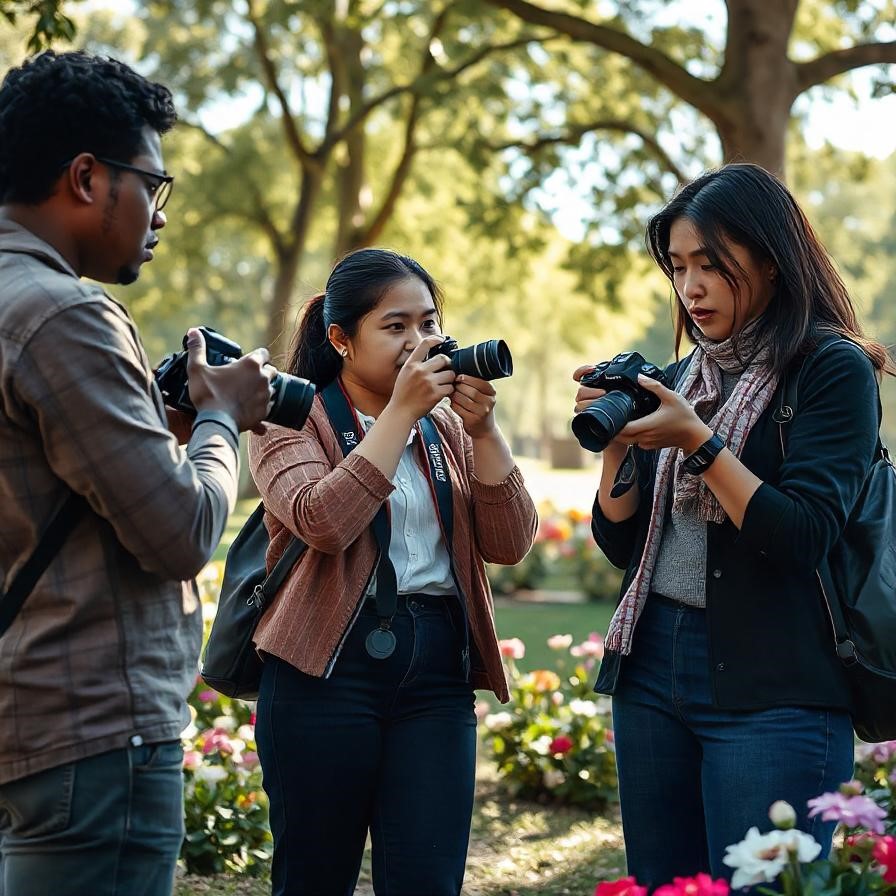 Training and experience give professionals the skills to understand and control the technical parts of photography. This includes exposure, contrast, and color balance. With a solid grasp of these fundamentals, they can create stunning images that showcase their artistic vision. Professionals have the skills to adapt to changing conditions. They can adjust to different lighting and use complex editing software. This flexibility helps them create high-quality work in many settings, from studios to outdoor shoots.
Training and experience give professionals the skills to understand and control the technical parts of photography. This includes exposure, contrast, and color balance. With a solid grasp of these fundamentals, they can create stunning images that showcase their artistic vision. Professionals have the skills to adapt to changing conditions. They can adjust to different lighting and use complex editing software. This flexibility helps them create high-quality work in many settings, from studios to outdoor shoots.
The importance of technical mastery cannot be overstated, as it provides the foundation for exceptional photography. Experts with technical skills can focus on creative expression. They can push the limits of what their camera and editing software can do. In contrast, amateurs may struggle to understand and manipulate the technical aspects of photography, leading to inconsistent results. Without training and experience, they may rely on intuition or guesswork. This can lead to images that look amateurish or unrefined.
Technical skill sets professional photography apart from amateur work. Professionals have the skills to create high-quality images that match their artistic vision.
Creativity vs. Technical Skill
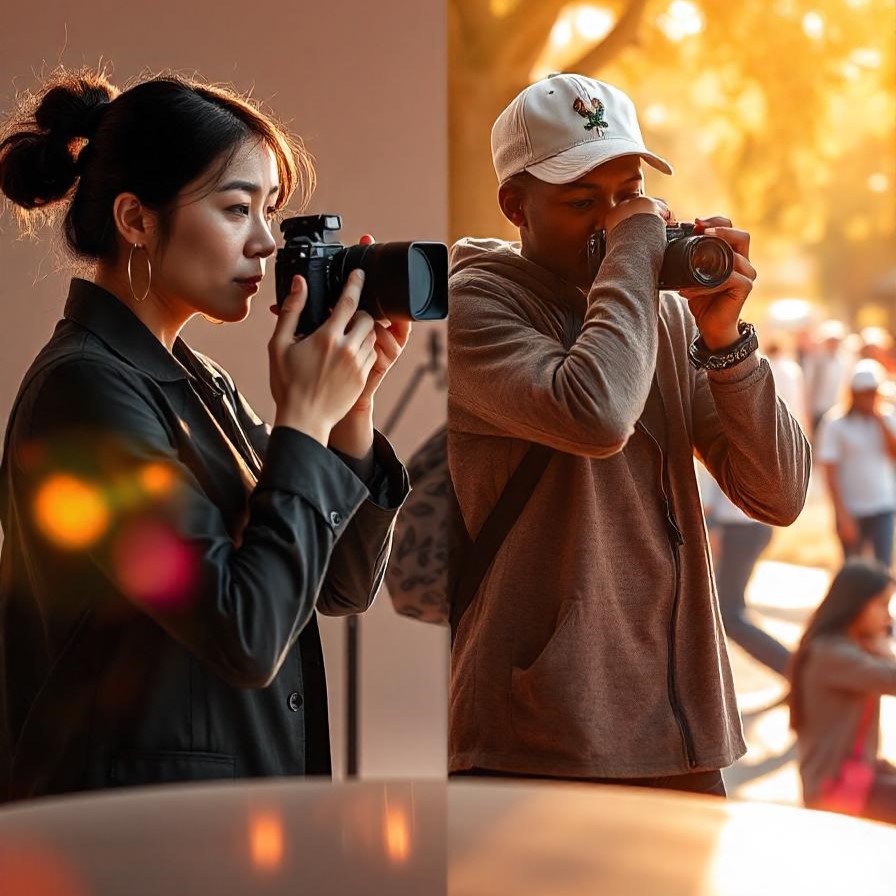 Creativity is key in photography, and professionals often have a unique vision that makes their work stand out. Their technical skills support their creativity. They know how to use the camera and editing software. This helps them bring their ideas to life.
Creativity is key in photography, and professionals often have a unique vision that makes their work stand out. Their technical skills support their creativity. They know how to use the camera and editing software. This helps them bring their ideas to life.
Professionals can explore new ideas. They try different techniques and styles to stay ahead of the competition. This creativity is often driven by a passion for photography, as they strive to continually improve and innovate. In contrast, beginners may struggle to find their creative voice. They often stick to familiar styles and techniques. This can stop them from exploring new possibilities. Without proper training and experience, they might lack the confidence and skills to take risks and try something different.
Professionals know how to share their vision clearly. They work with clients and other creatives to make ideas come alive. Teamwork is important in professional photography. It helps photographers create high-quality work that meets the needs of clients and audiences. Creativity is what sets professional photography apart from amateur work. Professionals have the skills and vision needed to create outstanding photos.
The Amateur Advantage
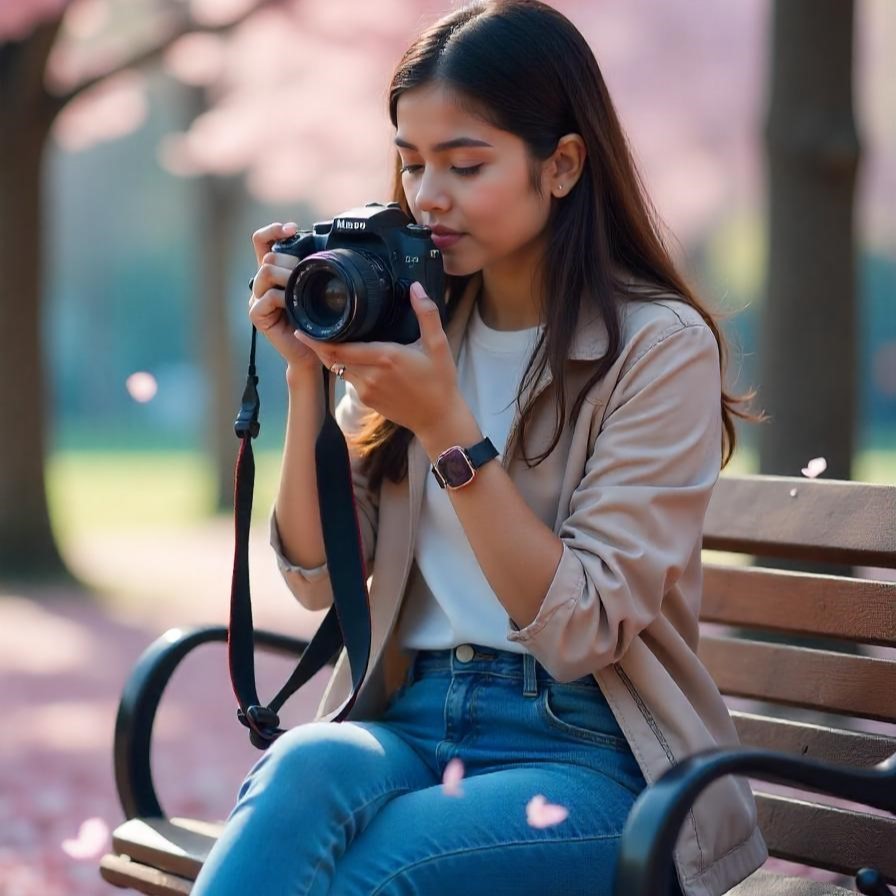 While professionals possess a level of technical expertise and artistic vision, amateurs often bring a fresh perspective to photography. This innocence can actually be a gift, letting them dive into photography with fresh eyes and curiosity. This mindset can lead to new and creative ideas.
While professionals possess a level of technical expertise and artistic vision, amateurs often bring a fresh perspective to photography. This innocence can actually be a gift, letting them dive into photography with fresh eyes and curiosity. This mindset can lead to new and creative ideas.
Amateurs are often more willing to take risks and try new things, free from the pressure of commercial expectations. Being open to trying new things can lead to exciting and surprising results. People can find new techniques and styles that push limits.
Amateurs often notice the world around them better. Their sense of wonder and curiosity helps them capture moments that others might miss. This fresh perspective can lead to amazing images that highlight the beauty and complexity of reality.
The main benefit of amateurs is their fresh view and readiness to take risks. This helps them approach photography with excitement and curiosity. As a result, they create creative and innovative work.
A Pro vs Amateur Output Comparison
 The search for perfection drives both professional and amateur photographers. They all want to create great work that matches their artistic vision.
The search for perfection drives both professional and amateur photographers. They all want to create great work that matches their artistic vision.
Professionals have years of experience. They have the skills and vision to create high-quality images. Their work meets clients’ expectations. They can consistently deliver exceptional results, refining their skills and pushing the boundaries of what’s possible.
Amateurs, even with good intentions, might have trouble creating work that matches the same quality. Without the benefit of training and experience, they may rely on intuition or guesswork, resulting in inconsistent results. Amateurs often create amazing work. Their fresh ideas and creativity come from their curiosity and new viewpoint. Professionals can create technically perfect images. However, they sometimes lack the creative energy and emotional depth that make photos special.
The desire for perfection drives both professional and amateur photographers to create work that reflects their artistic vision. Professionals have the skills necessary to achieve high-quality results, thanks to their experience and technical knowledge. Amateurs, on the other hand, offer fresh ideas and a willingness to take risks, leading to creative approaches. This openness to experimentation often leads to unique and innovative images. Both professional and amateur photographers contribute to the ever-evolving world of photography.
Conclusion
The difference between professional and amateur photography is clear. Professionals have stronger technical skills and artistic vision, allowing them to consistently produce high-quality images. While amateurs can occasionally capture great photos, their results are often inconsistent due to a lack of formal training. Amateurs bring new ideas and are more open to taking risks. This can lead to creative and innovative solutions. Their unique perspective makes them an important and valuable part of the photography world.

